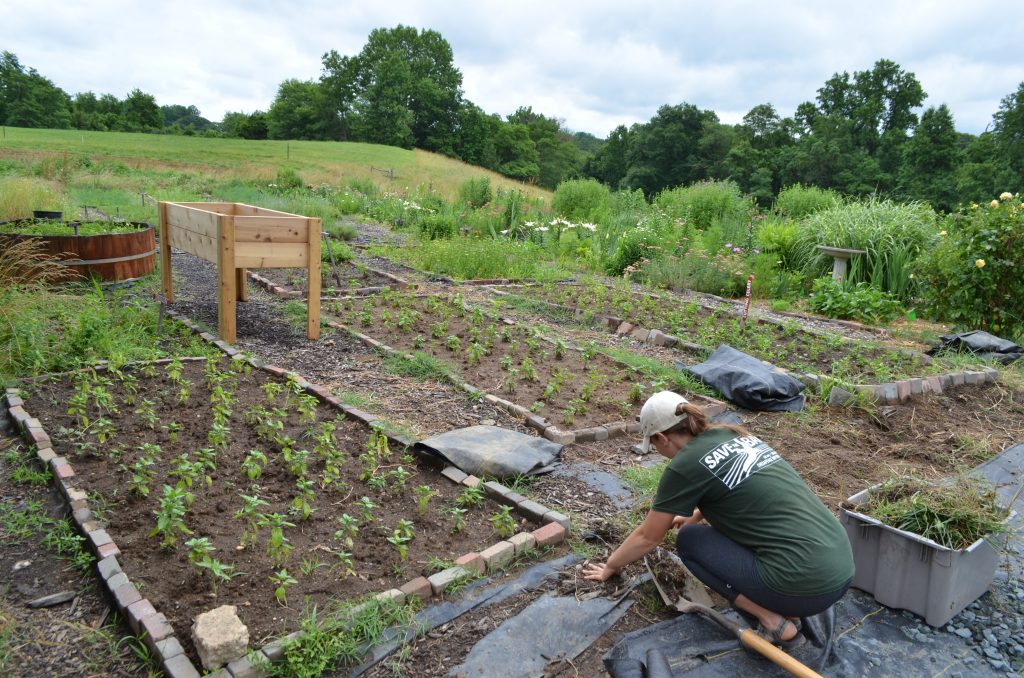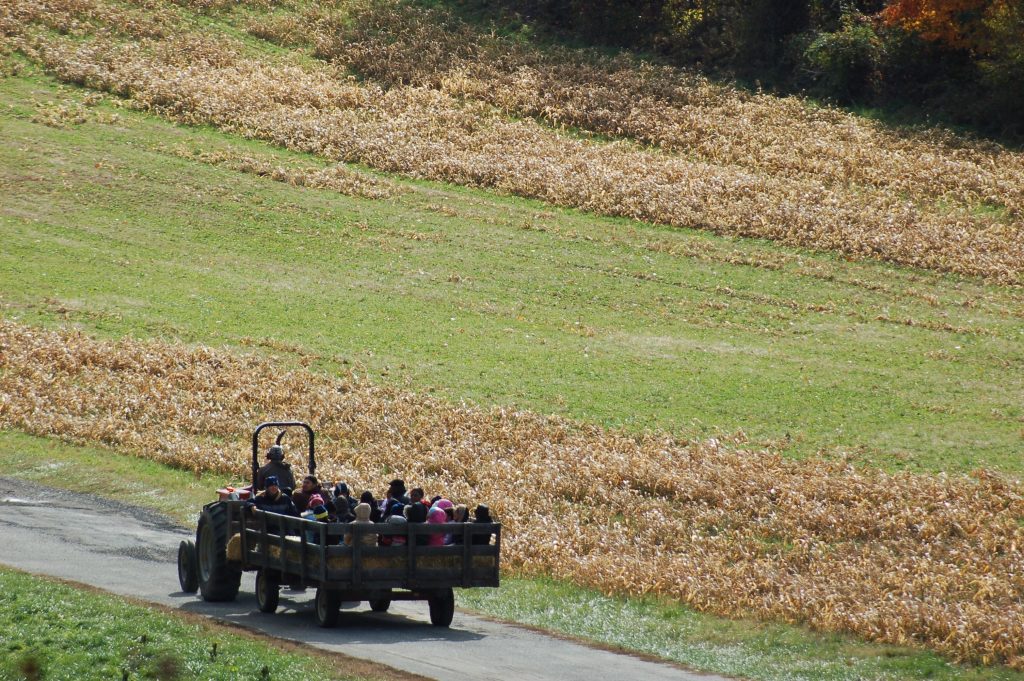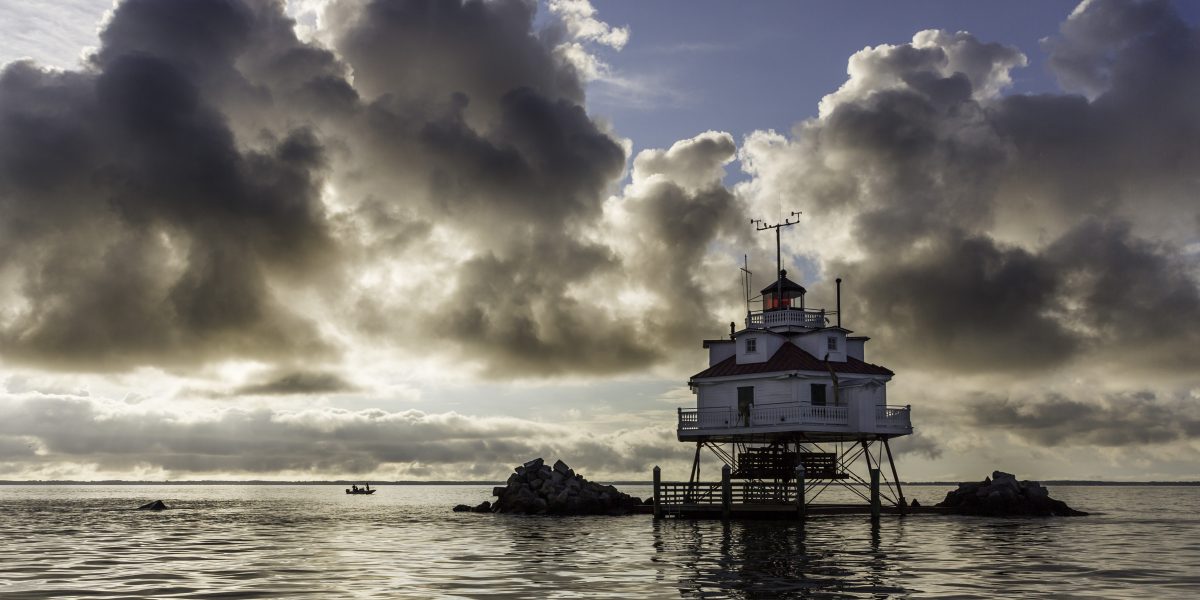Our 2021 Ecoprint calendar, Protecting the Natural Beauty of the Chesapeake Bay, has given us the opportunity to work with 13 different organizations all dedicated to helping solve the environmental challenges in this important ecological hub. January features the Chesapeake Bay Foundation (CBF). We are grateful to have CBF as a participant and encourage you to support their cause and mission.

Pollution from farms continues to be a vexing problem in the Chesapeake Bay watershed. Runoff from farm fields containing fertilizers, pesticides, and sediment can cause fish kills, algal blooms and other environmental problems. Regenerative agriculture provides a solution. CBF works with local farmers to implement these practices. The adoption of regenerative agriculture is helping the ecosystem and farmers to strike a natural balance and enables CBF to achieve the following:
Reduce pollutants
Through regenerative agriculture ideas, CBF has helped in removing artificial plant chemicals from the farmer’s equation. With agricultural chemicals out of the picture, the dying ecosystem is revived.
Improve soil conditions and organic matter
CBF is educating farmers on innovative agricultural techniques, including minimum tillage and a closed circle of animal and crop rotation. These approaches reduce soil disturbance, preventing soil erosion. Furthermore, the soil retains biomes and micronutrients, thereby promoting soil health and increasing its organic matter content. The rich soil homes an underground world of worms and insects, benefiting organic farming immensely.
Fight against global warming
Regenerative agriculture techniques are scientifically proven to sequester carbon and lower our overall carbon footprint. Numerous plant species capture and store greenhouse gases. Now that farmers, through CBF’s advocacy programs, are embracing these techniques, we can fight climate change by better controlling our carbon footprint.
Conserve aqua resources
The sinking water table is slowly rising as a result of minimum tillage with little to no soil disturbance. The soil collects runoff water, purifies it, and stores it underground. CBF’s dedication assures a continuous supply of clean water for countless generations.

Chesapeake Bay Foundation is a global environmental hero with a deep history of fighting to protect our ecosystem. Over just the last year alone, CBF has worked with farmers to convert almost 800 acres of farmland to rotationally grazed pastures. By implementing this and other regenerative agriculture practices, the choked ecosystem that recorded a high loss of fish and algae is reviving. Now the question is, what about you? What are you doing to support this award-winning organization’s efforts?
Sustainably,
Bobby Firestein
P.S. To learn more about our 2021 Calendars as well as our environmental contributors, click here.
Chesapeake Bay Foundation
Mission
Save the Bay®, and keep it saved, as defined by reaching a 70 on CBF’s Health Index.
CBF implements its mission in the following ways:
- Advocating at the local, state, and federal levels for laws and regulations that reduce pollution, restore the waterways, and promote thoughtful community growth.
- Teaching the community how to protect the Bay through education and volunteer opportunities.
- Leading restoration efforts to reduce pollution, improve the capacity of rivers and streams, combat the effects of stormwater runoff, and restore habitats.
- Providing teachers and students with award-winning environmental education programs and resources.
- Advocating for sustainable and environmentally friendly agriculture.
- Taking legal action to advance restoration and protection of the Bay.
History
In 1964, a group of Baltimore businessmen, all sailors, waterfowl hunters, and fishermen, had lunch with Rogers C.B Morton, who was then a Congressman from Maryland’s Eastern Shore. They wanted his help with problems they saw looming on the Chesapeake: more boats, more people, more houses, poor sewage treatment, dirty industrial discharges.
Morton responded by saying that they could not expect government to fix all the Bay’s problems. “There is a great need,” he said, “for a private-sector organization that can represent the best interests of the Chesapeake Bay. It should build public concern, then encourage government and private citizens to deal with these problems together.”
The answer was not what the group had expected, but the words struck home to several of them. By 1967, the group, led by the late Arthur Sherwood, had formed and chartered the Chesapeake Bay Foundation to be that private sector voice working on behalf of the Bay. They recruited a Board of Trustees that represented a variety of interests from throughout the Chesapeake watershed. Perhaps most important, they adopted SAVE THE BAY™ as CBF’s motto and printed the first run of the distinctive blue-and-white bumper stickers that are now so common throughout the watershed.

